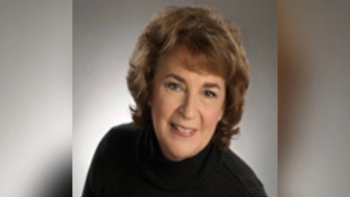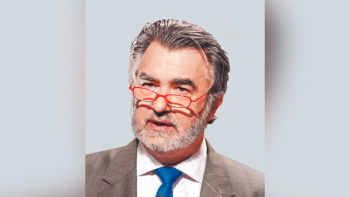
Patents as a Barrier or an Enabler to Innovative Medicines: Europe's Debate Sharpens Up
As the EU moves towards the next stage in its review of intellectual property incentives for pharmaceuticals, some unusually direct exchanges occurred between those who advocate patents—and those who oppose them.
As the European Union moves towards the next stage in its long-running review of intellectual property incentives for pharmaceuticals, with the promise of an 'IP action plan' in November, some unusually direct exchanges occurred this week between those who advocate patents and those who oppose them.
The occasion for this uncharacteristic departure from the EU's customary muffled diplomacy was a public debate organized by the European Public Health Alliance on whether patents are an enabler or a barrier to patients' access to innovative medicines. Dimitri Eynikel, a Brussels representative of the Médecins Sans Frontières Access Campaign, went straight to the point. Intellectual property rights should not be automatically considered conducive to innovation, he said, "They can actually be a barrier to innovation."
He substantiated his claim by arguing that in a genuinely innovative sector the driver is the risk of competition from a better product. If there is protection for an innovation, the risk of competition is reduced, and so is the incentive to innovate, Eynikel contended.
A fellow-panelist, from the European Commission department responsible for industry, Alfonso Calles-Sanchez, was evidently somewhat taken aback by this argument, and answered in the same unvarnished terms. Of course, competition is an ingredient in developing alternative treatments, he acknowledged. But without some certainty of recovering investments in innovation, "Why are you going to invest in innovation in the first place?" he asked.
In addition, he argued, a patent on a medicine does not prevent competitors from developing an alternative—it merely prevents copying that exact medicine. The objective of the IP review, he said, was to ensure that European innovators have access to fast, effective and affordable protection tools.
The MSF spokesman was unsatisfied with this defense. In vaccines particularly, he instanced, numerous patents on ingredients, vectors, agents, the DNA and RNA sequences, the processes and other elements create legal uncertainty, inhibit market entry by competitors, generate delays, and raise costs unnecessarily. "They're all patented separately and held by different patent holders and that creates a difficulty for new innovators and competitors to enter the market, because it's not clear if they can actually succeed in offering their product on the market," he said. He went on to claim that the European Patent Office had—in his view erroneously—granted a patent on a pediatric vaccine against human papilloma virus in a manner that was so broad as to block any potential competitor. The system was stacked against common interests and prioritized profit over public health, he maintained, urging a radical switch in policy. The debate should not, he said, be about how do to improve the policy so that the richest receive the best outcomes. "If it's not for public health then why do we need the system?"
A more nuanced position was adopted by a representative of the European generic drug makers, Sergio Napolitano. "Solid patent protection is not a problem per se," he said. The generic industry association, Medicines for Europe, "welcomes" the EU interest in ensuring a well-functioning IP system to stimulate innovation, since generic manufacturers by their nature depend on time-expired innovation for their product pipelines. What he wanted to see was "fine tuning" of the system to remove potential barriers to generic competition. For him, the main issues were patent quality and the accountability of the granting bodies, to counter the risks of abuse. In addition, while the EU's special incentive scheme for orphan drug development was valuable in principle, it was open to misuse, such as through the accumulation of overlapping periods of exclusivity or combining orphan and pediatric exclusivities to extend monopolies.
Thyra de Jongh, from the Technopolis consultancy that recently produced a major study for the EU on the functioning of the orphan drugs scheme, took the view that the system had had "some very positive innovation impacts," but not, she added, always in areas where innovation is most needed. The clustering it had led to in certain therapeutic areas where the market is dynamic and profitable provoked questions over how far the incentives are still required.
Calles-Sanchez envisaged the publication in November of the IP action plan—which will be accompanied by a proposed new pharmaceutical strategy for Europe—will kick off a broad and lengthy discussions on how to balance the interests of all stakeholders. The process, he expected, would be thorough, but not fast. In reality, any legislative changes that might emerge could not be expected until 2022, or even beyond.
So, plenty of time—and plenty of material—for more debates.
Newsletter
Stay current in clinical research with Applied Clinical Trials, providing expert insights, regulatory updates, and practical strategies for successful clinical trial design and execution.




